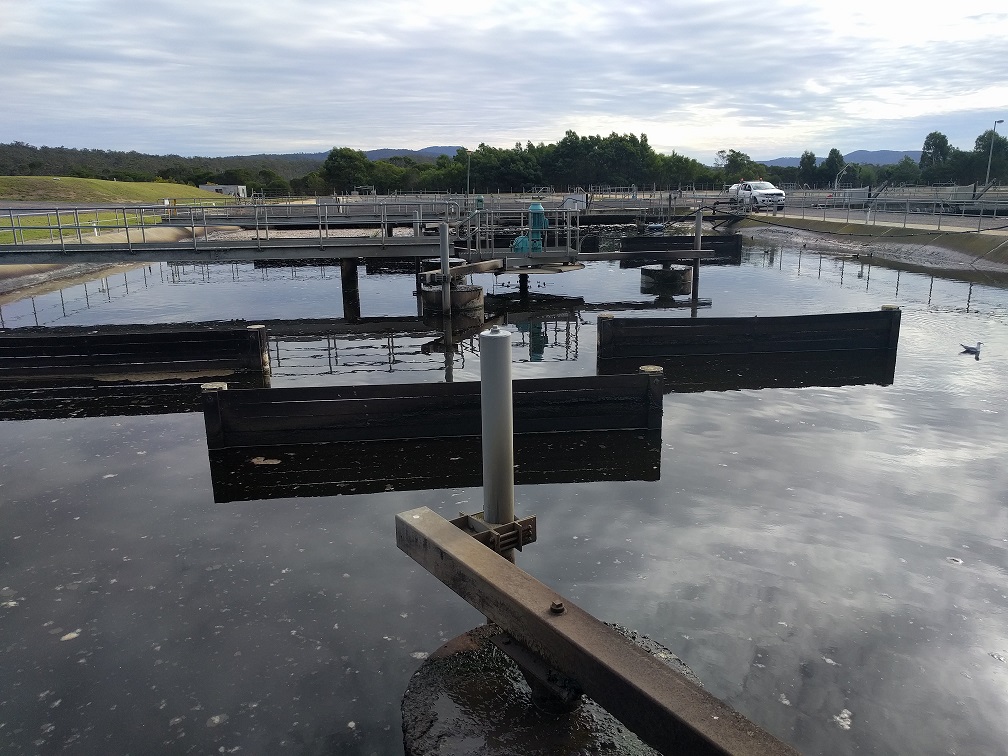
Merimbula Sewage Treatment Plant Upgrade and Deep Ocean Outfall
Latest News
-
Project update - February 2018
We are continuing our work on this long-term investment that will improve the water quality of our iconic coastal environment, from the beaches to the lakes.
In November 2017, we introduced the project to the community to explain the project process and better understand your concerns. We did this through drop-in community information sessions and briefing sessions for key stakeholders. Thanks to everyone who gave us valuable feedback. We will use this to help develop the concept design.
Our community working group (CWG) is using your feedback to help select the location of the ocean outfall. The CWG first met in December and they will be visiting the STP site this month to better understand the plant’s current condition. They’ll meet again in March to continue assessing the possible location of the ocean outfall.
This month we’re doing our second dye dispersion test in the bay. We did our first test in August 2017. By testing at different times of year, we can get information on how currents behave in different water temperatures. To do this, we release a harmless, bright red fluorescent dye into the water at several locations. This shows our designers how waterborne materials travel and spread in the bay’s currents.
This March, we’ll have another round of drop-in community information sessions and briefing sessions for key stakeholders. At these sessions we’ll be able to give you more detail on the investigations we’ve done and the progress of the CWG.
We look forward to seeing you then!
Category : Project UpdateCreated On : 26 February 2018
What's On
Document Library
FAQs
Originally the outfall extended out into the ocean and beyond the waves, but it was destroyed by a large storm in the 1970s. Since then, the beach-face outfall has been discharging effluent at the centre of Merimbula Beach. The effluent flows across the beach and into the ocean waters of Merimbula Bay.
Effluent (treated sewage) is either reused or disposed of. Council reuses as much effluent as possible for irrigation at Pambula Merimbula Golf Course and farmland at Oaklands. The remaining effluent is disposed using either the dunal exfiltration ponds or the beach-face outfall.
The beach-face outfall has caused community concern around its impact on the aquatic environment and public health. In 2009, the EPA required Council to start investigating better disposal options. After investigating a wide range of options, Council assessed the options with a community focus group made up of state government, interest groups and local community members.
In 2013, the group and Council agreed a deep ocean outfall is the preferred effluent disposal option. Compared to other options the deep ocean outfall has:
- the greatest environmental benefit through improving water quality and ecology
- least construction and operational impacts recognising the value the Merimbula community places on its beach and ocean fronts
- is more socially, environmentally and economically sustainable in the long term.
Link to information about the discounted options: Fact Sheets 1 - 16 Merimbula Effluent Options Investigation (BVSC & AECOM 2013)
As a result, the EPA amended Council's operating licence for the STP to include a requirement to construct a deep-ocean outfall and upgrades to the STP.
First, the Community Working Group must help the project team assess options for upgrading the STP and select an alignment for the deep ocean outfall. After that, the project team will be able to design this infrastructure and prepare an environmental impact statement (EIS). This design and EIS will be subject to statutory and regulatory approval which we hope to have by 2019. Once we have approval, we will be able to seek funding for detailed design and construction.
This project will be assessed as State Significant Infrastructure (SSI) and will meet the Secretary’s Environmental Assessment Requirements (SEARs).

